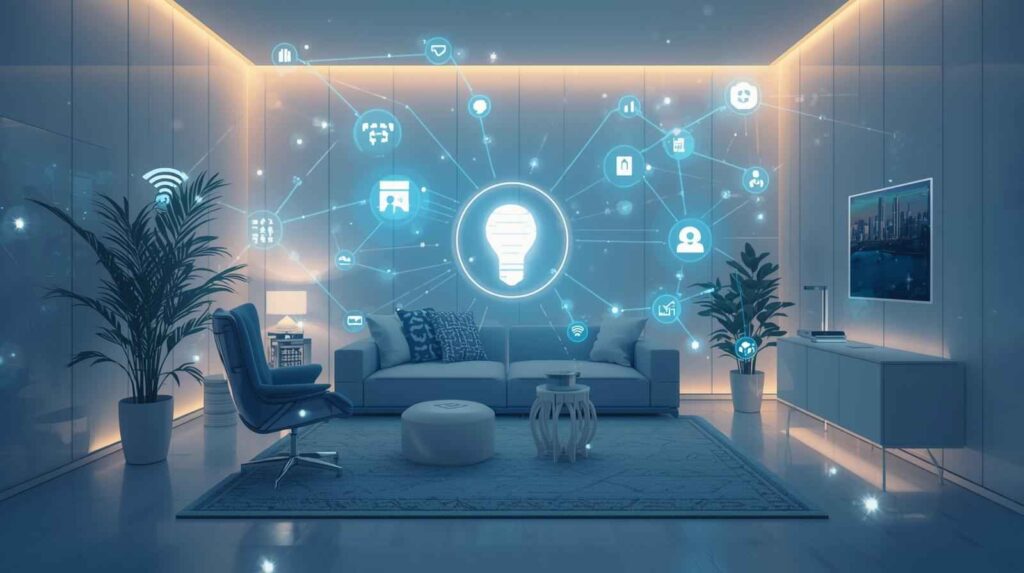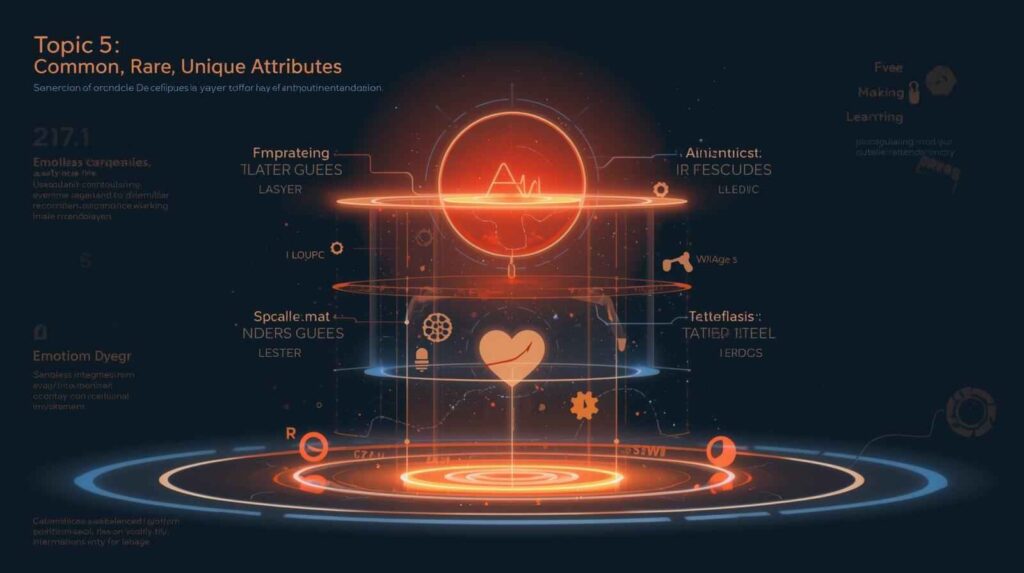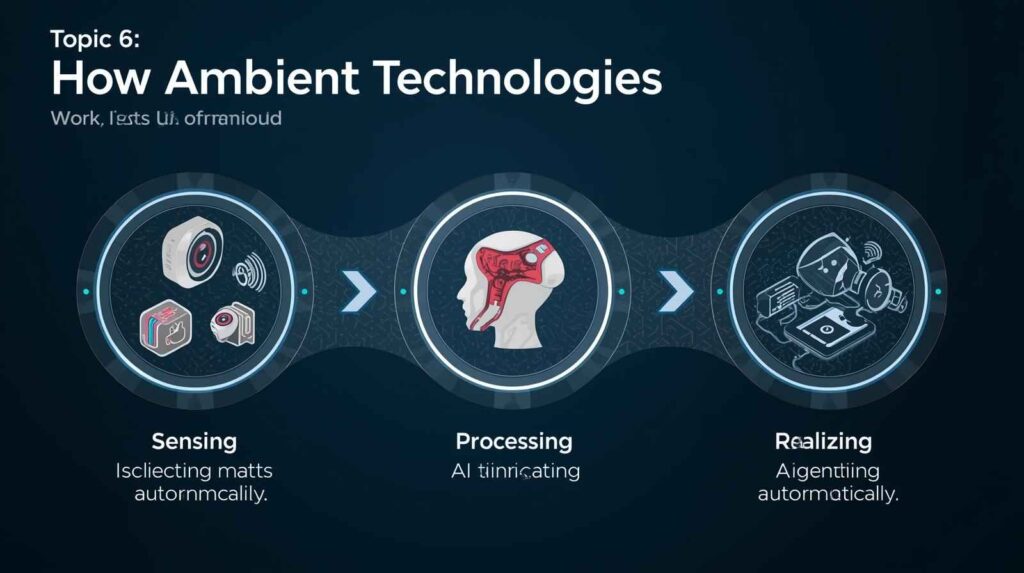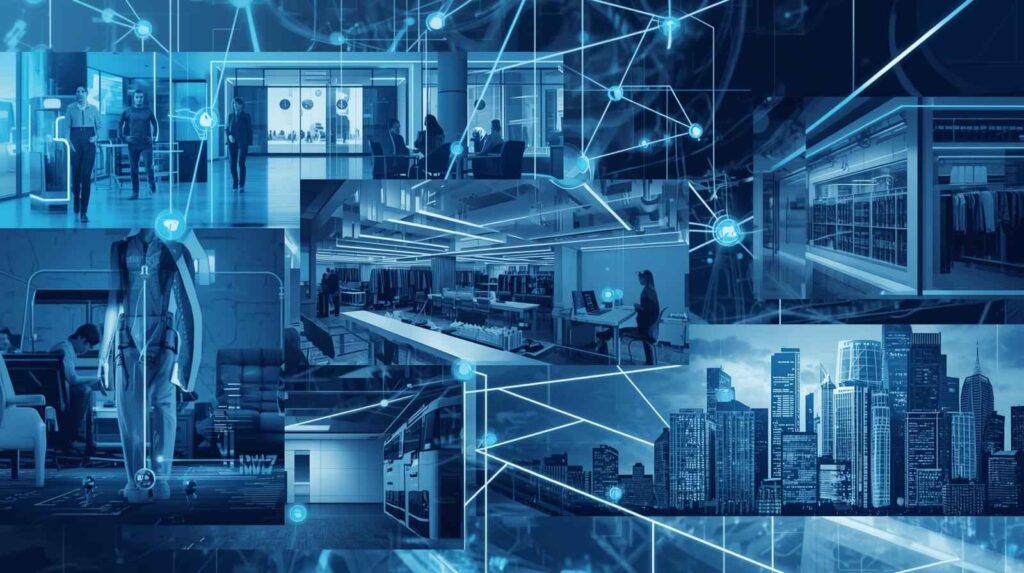Ambient Technologies:
Technology often works best when you don’t even notice it. Think about lights that switch on the moment you walk into a room or music that adjusts to your mood without you touching a button. These are not isolated gimmicks; they’re part of a bigger movement called ambient technologies. They matter because they reshape how people live, work, and interact with their surroundings.
I remember stepping into a new co-working space for the first time. The lights adjusted as I walked in, the air conditioning shifted based on how many people were in the room, and even the coffee machine started brewing at the exact time people usually needed a refill. No one had to press a button or program a setting; it just happened. That was my first real encounter with ambient technologies, and it felt like stepping into the future.
In this article, we’ll dive deep into what ambient technologies are, their history, their role across industries, and how they impact daily life. You’ll learn about their strengths, challenges, misconceptions, and the questions people often ask. By the end, you’ll see why this isn’t just another tech buzzword but a quiet revolution unfolding all around us.
So let’s begin and discover why ambient technologies might already be changing your world without you even realising it.

What Are Ambient Technologies
Ambient technologies are systems designed to blend seamlessly into their surroundings. Unlike traditional tools that demand your attention, ambient technologies operate in the background, making life simpler without requiring constant interaction.
They rely on sensors, artificial intelligence, the Internet of Things (IoT), and automation. Together, these components allow devices to sense, learn, and adapt to human behaviour and environmental changes. Instead of people adjusting to machines, machines adjust to people.
For example, a smart thermostat that learns your schedule and adjusts the temperature automatically is an ambient technology. A smartwatch that tracks your health without constant input is another. These tools are invisible in operation but powerful in effect.

The Etymology and Evolution
The word “ambient” comes from the Latin ambire, which means “to go around” or “surround”. It carries the sense of something that envelops or surrounds people. In technology, this term captures the essence of systems that are everywhere yet barely noticed.
This idea isn’t new. In the late 20th century, computer scientists envisioned “ubiquitous computing”, where technology would disappear into the background. That vision has now evolved into ambient technologies, powered by modern AI, machine learning, and IoT.
In simple terms, ambient technology is about making computing invisible yet intelligent.

Semantic and Linguistic Dimensions
To better understand the concept, let’s look at its language associations:
- Synonyms: pervasive technologies, seamless tech, invisible systems.
- Antonyms: intrusive technologies, manual systems, disruptive devices.
- Hyponyms: ambient intelligence, context-aware computing, wearable tech.
- Hypernyms: digital technologies, intelligent systems.
- Holonyms: smart homes, smart cities, connected infrastructures.
- Meronyms: sensors, IoT devices, AI algorithms, data networks.
- Collocations: ambient computing, ambient experience, ambient intelligence.
- Connotations: futuristic, smooth, human-centred, invisible.
Breaking down these terms shows how the idea sits within a larger technological landscape. Ambient tech is part of the bigger digital ecosystem but carries a unique focus on invisibility and adaptability.

Common, Rare, and Unique Attributes
- Common attributes: automation, context-awareness, seamless operation, integration with other systems.
- Rare attributes: emotional intelligence, cultural adaptation, and proactive problem-solving.
- Unique attributes: working invisibly in the background and predicting user needs before they are expressed.
These features explain why people often don’t notice ambient technologies until they stop working; only then does their value become obvious.

How Ambient Technologies Work
Ambient technologies typically follow three steps:
- Sensing: Devices gather data from the environment (motion sensors, temperature, sound, biometrics).
- Processing: Artificial intelligence and algorithms analyse this data.
- Responding: Systems act based on the analysis, adjusting light, sending alerts, or changing temperature automatically.
This cycle happens continuously and often without human intervention. That’s why these technologies feel effortless.

Applications Across Industries
Ambient technologies are not limited to homes. They are transforming entire industries:
Healthcare
- Wearables that track heart rate, oxygen, or sleep patterns.
- Sensors in elderly homes that detect falls or abnormal behaviour.
- AI-driven ambient systems that predict illnesses before symptoms appear.
Workplaces
- Smart lighting and temperature controls that adapt to employee comfort.
- Meeting rooms that prepare automatically with the right settings.
- Office layouts that adjust based on occupancy and energy use.
Retail
- Stores using motion tracking to adjust displays when customers stop.
- Background music and scents shifting depending on crowd mood.
- Personalised offers displayed through ambient digital signage.
Transportation
- Traffic lights that adjust dynamically to real-time congestion.
- Cars that remember the seating, mirrors, and preferences of different drivers.
- Airport systems that guide passengers invisibly via sensors and mobile cues.
Homes
- Smart assistants that anticipate your needs.
- Climate systems that regulate temperature without manual input.
- Security systems that adapt based on daily routines.
Ambient technologies are everywhere once you know how to spot them.

Challenges and Misconceptions
Even though ambient technologies sound promising, they come with hurdles:
- Privacy concerns: People worry about being constantly monitored.
- Cost barriers: Advanced systems are often expensive to implement.
- Overreliance: Dependence on automation can lead to complacency.
- Misconception: Many assume ambient tech is futuristic, but it’s already present in daily life.
- Interoperability issues: Devices from different brands often don’t work smoothly together.
Addressing these challenges is critical for the growth of this field.

Frequently Asked Questions (FAQs)
1. What are ambient technologies in simple terms?
Ambient technologies are tools that work in the background, adjusting themselves automatically to user needs without requiring constant input.
2. How do ambient technologies differ from smart technologies?
Smart technologies often require user input, while ambient technologies anticipate needs and act proactively, making them less noticeable.
3. Are ambient technologies safe for privacy?
They raise privacy concerns because of constant data collection. However, with strong data protection and transparency, risks can be minimised.
4. What industries benefit most from ambient technologies?
Healthcare, retail, smart homes, transportation, and corporate workplaces are leading sectors that use these technologies effectively.
5. What is the future of ambient technologies?
The future will involve deeper AI integration, more personalised experiences, and wider adoption in public infrastructure like smart cities.
6. Are ambient technologies expensive to adopt?
Yes, the initial cost is high, but over time they save money by improving efficiency, reducing energy use, and enhancing productivity.

Conclusion
Ambient technologies represent a quiet revolution. They surround us, yet we barely notice them. From smart homes to healthcare, retail, and transportation, these systems are weaving themselves into the fabric of daily life.
Their strength lies in invisibility, working smoothly in the background while improving comfort, efficiency, and personalisation. But challenges like privacy, cost, and compatibility still need solutions.
In my experience, the most fascinating thing about ambient technologies is how ordinary they can feel once you get used to them. What once seemed futuristic quickly becomes normal. That’s the real power here: technology that doesn’t just support life but merges into it.
As industries continue to embrace these tools, one thing is clear: the future of tech isn’t louder or flashier; it’s quieter, smarter, and ambient.

